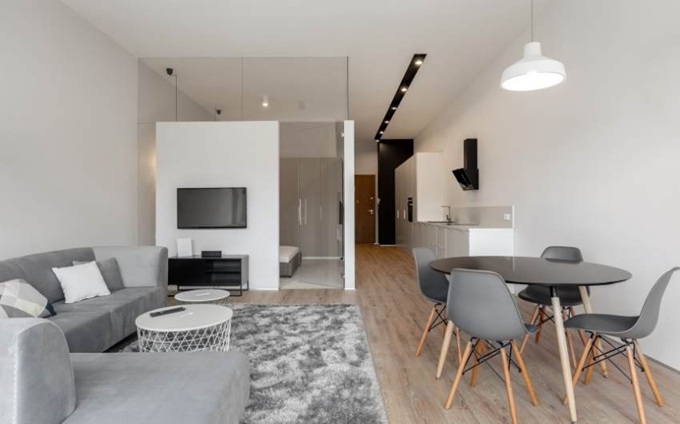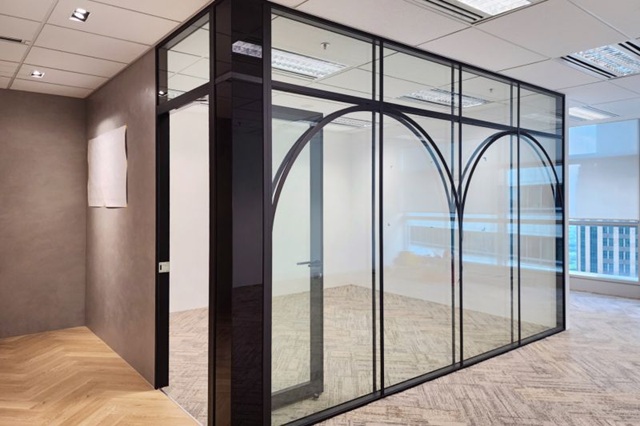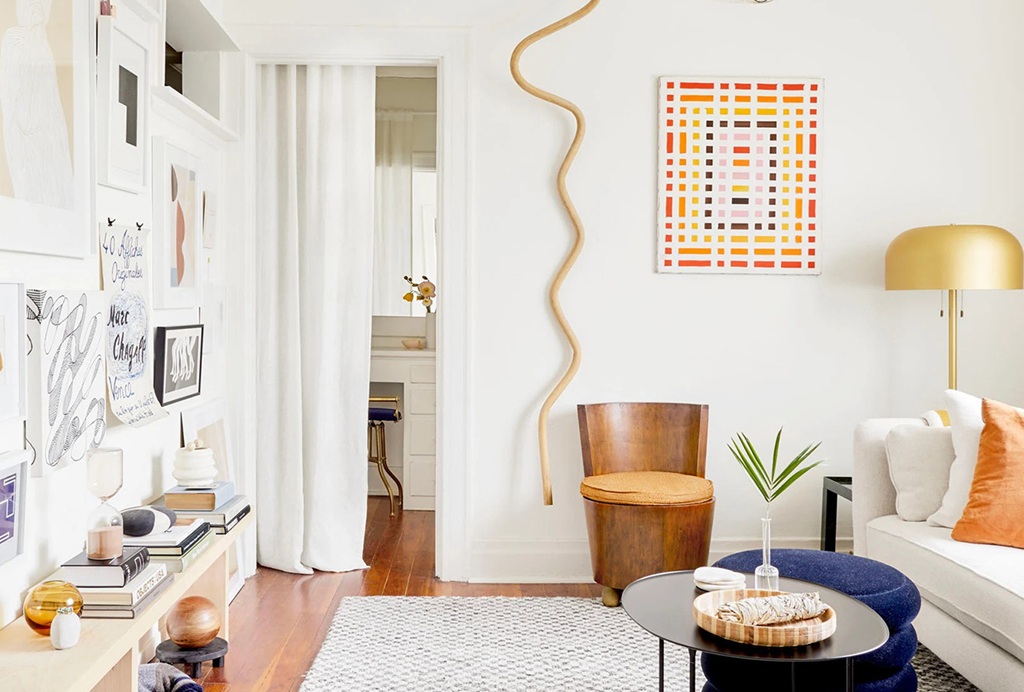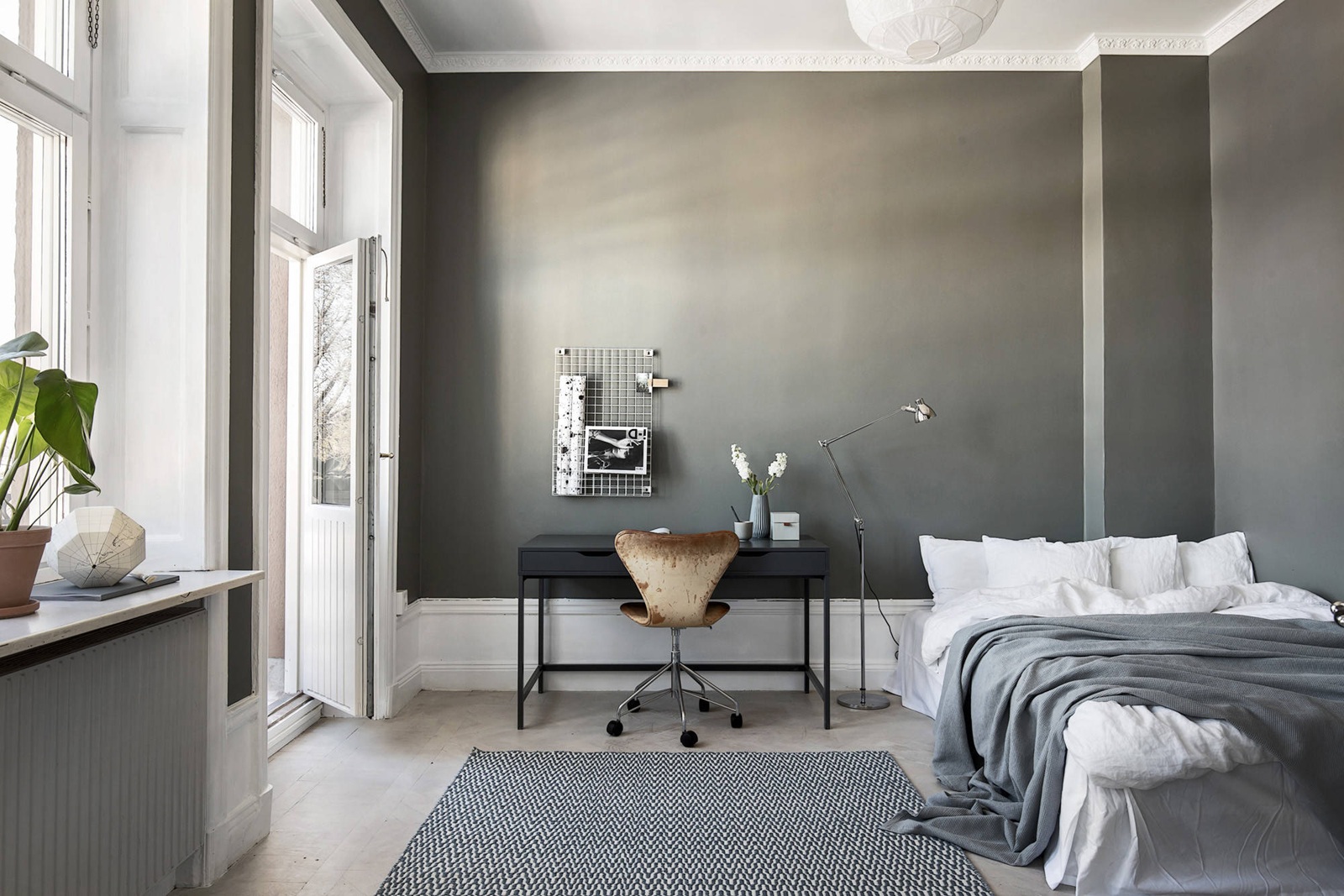Open floor plans are celebrated for their spaciousness and versatility, but they can also feel overwhelming or incomplete without thoughtful design. That’s where floating furniture comes in. This clever design strategy organizes open spaces without the visual clutter of walls, creating flow and structure while still preserving the airy, open vibe. Whether you’re new to the concept or looking for practical ways to implement it, floating furniture might just be the game-changer your open layout needs!
Here’s how floating furniture redefines open layouts and enhances the way you live in your home.
What Is Floating Furniture?
Floating furniture refers to pieces intentionally placed away from walls, “floating” in the middle of the room or within shared spaces. Unlike traditional layouts, where sofas or side tables are anchored to walls, floating arrangements encourage a more dynamic, open flow. For example, a sofa might float in the middle of a large living room, dividing it into conversation and entertainment zones.
The concept embraces openness and functional zoning, making it ideal for homes with open layouts, loft-style apartments, or spacious homes with multiple living areas.
Benefits of Floating Furniture
Defines Zones and Purpose
Open layouts often blur the lines between spaces like the dining area, living room, and kitchen. Floating furniture can help subtly define these zones without the need for walls or bulky partitions.
For instance, placing a floating sectional sofa with a console table behind it can create a visual divider between your living and dining areas. This way, the flow remains seamless but purposeful.
Encourages Creativity with Layouts
Floating furniture allows you to break away from conventional rules of design. Instead of the “everything against a wall” impulse, you have the freedom to create unique, interactive layouts. Want to form an intimate seating cluster around your fireplace? Or maybe carve out a cozy reading nook in a large, multifunctional room? Floating furniture makes it possible.
Maximizes Space Utilization
When you float furniture, you unlock the potential of the entire room. It lets you access and enjoy the center of your living space, not just the edges. This approach reduces dead zones and ensures a balanced feel throughout the room.
Enhances Flow and Airiness
With no barriers or crowded walls, floating furniture maintains the spaciousness of open layouts while providing structure. It keeps the environment open and breathable, helping your layout feel inviting rather than cluttered.

How to Use Floating Furniture in Open Layouts?
Anchor with Rugs
Floating furniture can seem disconnected if not anchored properly. A large area rug under your sofa set or dining table ties everything together while distinguishing the zone visually. Rugs serve as focal points, ensuring the design feels intentional and cohesive.
Use Dual-Purpose Pieces
Floating furniture works best when functionality is maximized. For example, place a console table behind a sofa to double as a workspace or surface for decor. Similarly, use shelving units or open-backed bookshelves to divide space while adding storage.
Leverage Lighting
Floor lamps or pendant lights above distinct areas can further define spaces created by floating furniture. For instance, a pendant light over a floating dining table makes it clear where one zone ends and another begins.
Keep Visual Balance
Avoid overcrowding the center of the room. Balance the space by leaving clear pathways for movement and keeping the floating pieces proportionate to the room’s size.
Incorporate Statement Pieces
Floating furniture offers an opportunity to showcase standout pieces. A mid-century modern armchair or a bold tufted sofa can act as a striking focal point when placed cleverly in the room.
Conclusion
Floating furniture is a versatile design solution, perfectly suited to open layouts. It promotes a sense of flow and flexibility while making spaces feel cohesive and intentional. Whether you’re working with a small apartment or a sprawling home, implementing this approach not only defines zones but also elevates the overall functionality and appearance of your space.




